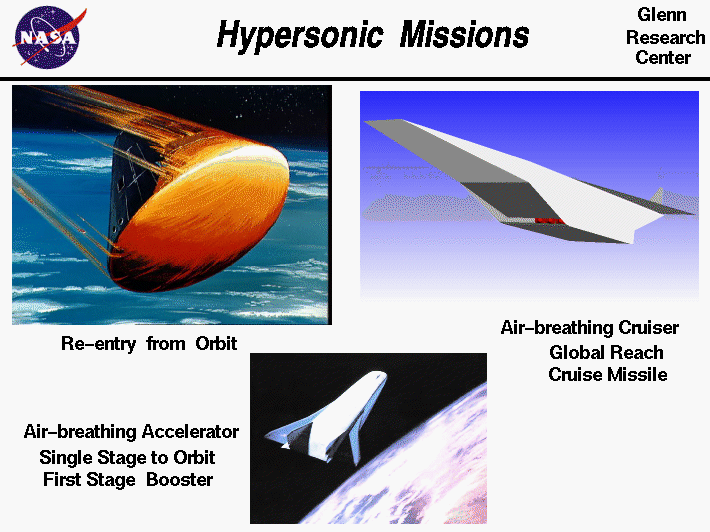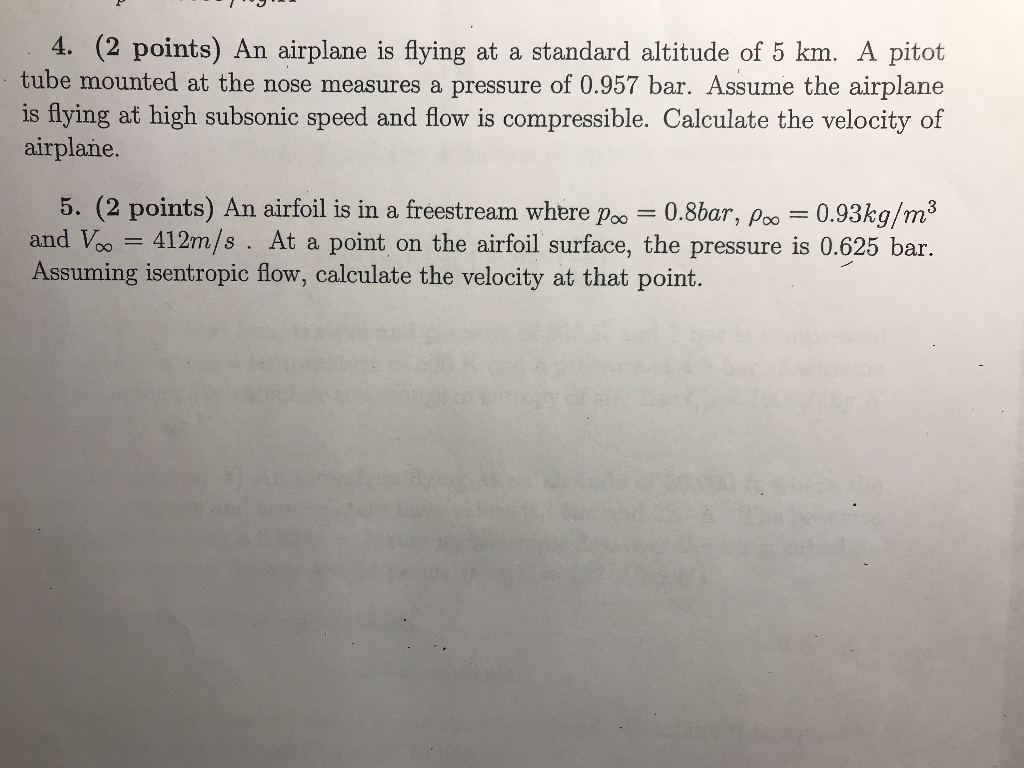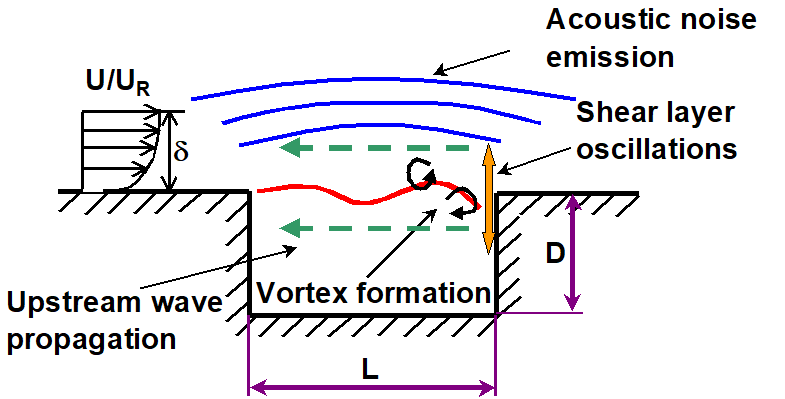

The sweep angle of a wing is the angle at which the wing is translated backwards (or occasionally forwards) relative to the root chord of the wing. The sweep angle of the Boeing 747-400 wing is approximately 37.5 degrees

This is most easily seen when viewing the wing in planform as shown on the Boeing 747-400 below. We'll now spend some time looking at wing sweep and discuss how correctly applying a sweep angle to a wing is a necessity if you are designing an aircraft that operates anywhere near the transonic or supersonic region.Ī wing is said to be swept when a straight line between two corresponding chord locations (given as percentage of chord) on the root and the tip are angled relative to the lateral coordinate of the aircraft. They are also much more stable at slower speeds than dedicated supersonic wings.The concept of wing sweep was introduced in the previous post which discussed the concepts of Wing Area and Aspect Ratio and their importance in the design of a new aircraft. While this airfoil shape may not be the best design for prolonged, efficient supersonic flight, its shockwave reducing characteristics still provide some benefit over airfoils designed for normal subsonic flight.

If an aircraft is designed to spend most of it's time in cruise at near supersonic flight, designers will often opt to use a supercritical wing to optimize this characteristic - even if the plane is capable of supersonic flight. To minimize this, supercritical wings are designed with a flat top and a lower aft curvature to reduce the size of the shockwave and reduce drag on the aircraft when flown at near supersonic speeds. Normally, air passing over the airfoil of a wing reaches supersonic speed before the aircraft itself does. Therefore, to get the most speed and performance out of an aircraft while still keeping it subsonic, designers will opt for a supercritical wing. The considerations involved in supersonic flight can greatly increase the design and manufacturing cost of an aircraft. For example, beyond the obvious issue of airfoils, turbojet engines generall need to solve the problem of supersonic intake - slowing the air down as it enters the engine to speeds below mach 1 before compression and ignition. Only the behavior of the flow is like that at subsonic speed as long as LE sweep is higher than the Mach cone angle.ĭesigning an aircraft to travel at mach 1 and beyond presents a whole host of challenges that must be overcome. * For those with a severe problem of reading comprehension: Of course the flow over a swept wing is supersonic when the airplane moves at supersonic speed. They are only used if top speed exceeds Mach 2.2 and the sweep necessary for a subsonic leading edge would be too high for decent subsonic performance. Supersonic airfoils are reserved for designs with a supersonic leading edge, like the F-104 or X-15 wings and tail or the XB-70 canard. The strongly negative pitching moment of supercritical airfoils (resulting from rear loading) makes them unsuitable for most fighter designs. Fighter aircraft with their wide variety of speeds and angles of attack will rarely profit from using them. Supercritical airfoils work best in a narrow Mach and angle of attack range and are used for transsonic designs (flight Mach number between 0.7 and 1.0). In case of the F15, thickness varies between 6.6% at the root and 3% at the tip. Typical sections use a relative thickness between 4% and 6%. Delta wing aircraft enhance this nose suction by cambering the outboard leading edge ( conical camber).Ĭommon to all supersonic wings is their minimization of wing thickness, because wave drag will grow with the square of thickness. This produces nose suction which is very helpful to keep drag down. Those airfoils are chosen because flow around them at supersonic flight speed is still heavily influenced by subsonic flow characteristics* as long as wing sweep allows for a subsonic leading edge. As you can see, the F-16 uses camber throughout, indicated by the 0.2 design lift coefficient of the airfoil, while the F-15 uses an uncambered root airfoil. This information is from The Incomplete Guide to Airfoil Usage by Dave Lednicer. General Dynamics F-16 NACA 64A204 NACA 64A204 McDonnell Douglas F-15 NACA 64A006.6 NACA 64A203 Normally, supersonic fighter wings for which airfoil information is published use a very thin NACA 6-series section with very little camber, such as Aircraft root airfoil tip airfoil


 0 kommentar(er)
0 kommentar(er)
